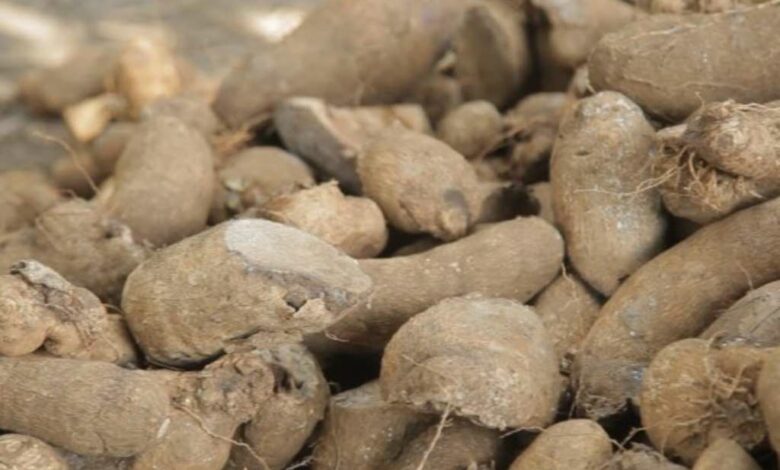Food production in Upper East decline over fertilizer shortage

Food production in the Upper East Region has declined in 2021 compared to 2020 following the shortage of fertilizer during the farming season, Mr Francis Ennor, the Regional Director of the Department of Agriculture, has said.
He said the region produced 518,105 metric tonnes of food in 2021, compared to 542,176 metric tonnes in 2020, representing 13 per cent decline and blamed the fertilizer shortage and the late start of rains recorded this year.
Mr Ennor made this known in Bolgatanga when Dr Owusu Afriyie Akoto, the Minister of Food and Agriculture, paid a working a visit to the region.
He said the fertilizer problem further affected the implementation of government’s flagship programme the ‘Planting for Food and Jobs,’ as the number of people who benefitted reduced.
“For Planting for Food and Jobs, over the years, we have been increasing the number of seeds given to our farmers but in 2021, our farmers did not patronize much of the seeds because of the fertilizer issue that came up with the poor rainfall pattern,” he said.
He said the PFJ programme in the region received and distributed 693,799 of 25kilogrammes of NPK fertilizer and 46,400 of 25kilogrammes of Urea this year, compared to 1,390,402 of 25kilogrammes of NPK and 495,429 25kilogrammes of Urea last year.
“This led to the reduction in the number of people benefitting from the programme from 185,012 in 2020 to 84,822 in 2021,” Mr Ennor said.
“What happened was that when farmers realized that fertilizer was becoming difficult to access, most of them shifted from cultivation of maize and other crops to soyabeans, hence a lot of soyabean was actually cultivated since that does not need a lot of fertilizer,” he added.
Dr Akoto, in response, explained that due to the COVID-19 pandemic, fertilizer producing countries including China and Russia were not able to produce enough, resulting in the astronomical rise in price on the international market.
“The whole world fertilizer market has changed overnight and it is not something that the government can afford to be giving subsidy. For instance, last year, the price of Urea was 321 dollars per metric ton but now it is 1,200 dollars, which government could not cope and so we will give small quantity under subsidy and farmers will have to go to the open market to buy,” he said.
Government would have to reduce the amount of fertilizer under the subsidy programme going forward, he said, and advised farmers and other traders to patronise the open market for fertilizer.
“For the quantity under the subsidy, it will shrink because we do not have the money, so farmers and traders need to understand and patronise the open market for fertilizer in Ghana because that is the only way your business can survive,” he added.
Mr Stephen Yakubu, the Upper East Regional Minister, said fertilizer smuggling continued to be a bane in the implementation of the PFJ and charged the various municipal and district chief executives to work hard to address the canker.







